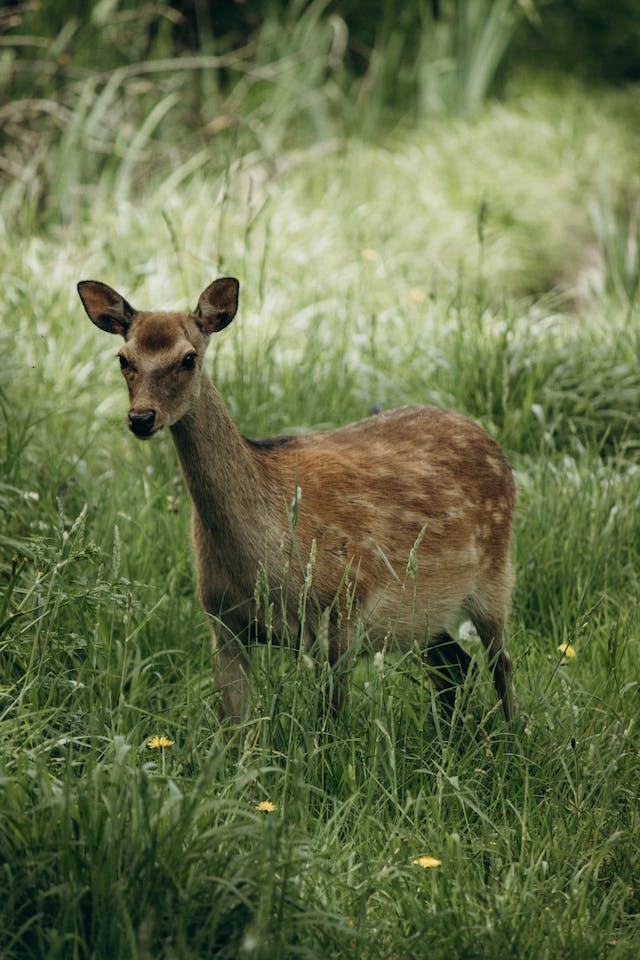Speeding through an empty road can feel so freeing yet, at the same time, it can lead to accidents, especially during the night. Vehicle collisions, loss of control, and adverse weather conditions are only some of the many ways that can make your night drive go wrong.
Nevertheless, not many people know that one of the most common causes of vehicle collisions is deer-related. For that reason, certain precautions must be taken, such as installing an infrared deer detector for car.
When as much as a million deer-related accidents occur per year, make sure to take note of the following ways on how to avoid deer collision accidents.
Know how deers behave
Deers aren’t too keen on observing vehicles driving down the road. That is why it is more critical for people to understand deer behavior to avoid colliding with them.
If you are going through a road with abundant wildlife, such as in Montana and Pennsylvania, avoid speeding during the early morning and dusk, especially during late fall and the beginning of winter. Deers are most likely to be active and mobile during these times.
Install infrared detectors
Technology has helped pave the way for vehicle accidents to lessen. Today, an infrared deer detector for cars is a great addition to make your drives safer. This device can detect heat signatures from a distance of 3000 feet, which can help make you slow down on your speed if there are heat activities.
More so, by reaching 400 feet closer to the object, the device will be able to accurately tell you what it is and give you both a visual and auditory warning. By having one in your car, you will have zero deer-related activities. Also, this can help in avoiding crashing into a person as it also detects human heat signatures.
Use headlights
It might be common sense, but not many people use their brightest beacon when they are driving alone at night. However, this is very crucial as it can help you spot signs and warnings indicating areas where deers are prevalent. Moreover, a deer’s eyes will reflect from afar and help you slow down at a farther distance.
Honk and brake
A split-second decision can vastly change the way the incident might go. As it is usually human reflex to swerve, it is best to train yourself to honk and brake instead. Honking can scare off the deer, and they have a fast reflex, which means they might be able to avoid your path.
Besides, it is better to press the brake pad rather than to swerve your car as the latter can make you lose control of the vehicle and end up causing more injuries. Moreover, swerving opens the possibility of having your vehicle flipped upside down, which is a situation you would not want to be in in the middle of the road at night. To minimize accidents, always remember to honk and brake.
Animals have erratic behavior, and they are not too aware of human activities. For that reason, the people must be the one to take precautions to avoid incidents and at the same time, preserve wildlife. There are many ways to prevent deer collisions, and you only need the three listed above as a start.

